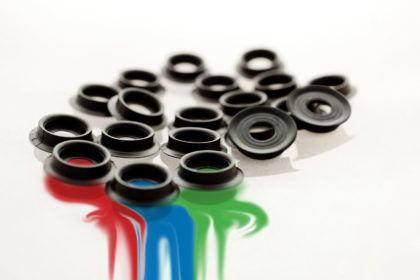Small Talks: Prototype Early, Prototype Often

How new technologies are shaping mass production? Emerging technologies, such as 3D printing, reverse engineering, and 3D scanning, have revolutionized product design and development.
Plastics Engineering interviewed Eric Larson, CEO of Art of Mass Production, whose company helps develop injection-molded products. Larson stresses that 3D printing has transformed the prototyping process in product development.
You can also read: Early-Stage Carbon Footprint Assessment for Product Design
He believes in the mantra, “Prototype early and prototype often,” and uses 3D printing to enhance development efficiency. Over time, 3D printing has evolved, enabling the creation of complex items, including metal parts, houses, and tissues. As 3D printing becomes more affordable, smaller companies can benefit from early prototyping, accelerating their overall product development.
The Sense of Design
3D printing has dramatically impacted how designers bring their ideas to life. This technology allows them to assess whether their concepts work in reality quickly. It provides valuable insights into scale, thickness, and stiffness, essential characteristics during product development. Furthermore, 3D printing enables designers to evaluate dimensions and functionality early on. For instance, testing a part’s fit or how it clicks and pops in an assembly is critical, especially for injection-molded components.
“You can’t 3D print an idea, but once you have a concept, 3D printing can help you mature that concept faster,” says Larson.
Faster Prototyping, Faster Production
Speed is a major advantage of 3D printing, significantly reducing the time between initial concept and final production. The quicker a prototype can be produced, the faster a product can move through subsequent design iterations. This accelerated timeline allows companies to address any design flaws or improvements more rapidly, leading to a more refined final product.
Furthermore, the ability to rapidly prototype also fosters innovation by encouraging experimentation. Designers can test bold ideas and innovative solutions without worrying about long turnaround times or high costs. This flexibility boosts creativity, allowing teams to explore a wider range of possibilities, ultimately leading to more innovative products.
In conclusion, 3D printing has revolutionized product development by enabling faster, more precise prototyping. Its ability to accelerate the design process and improve production efficiency is transforming the landscape of mass production, setting new standards for innovation and speed in the industry.
